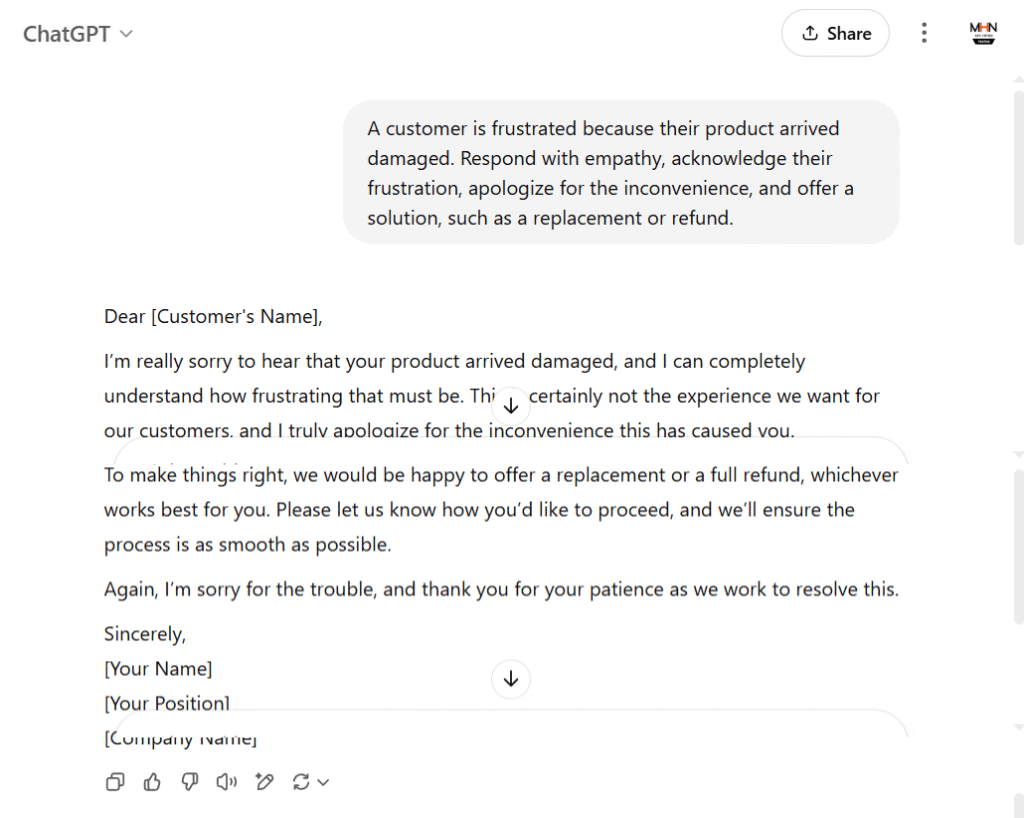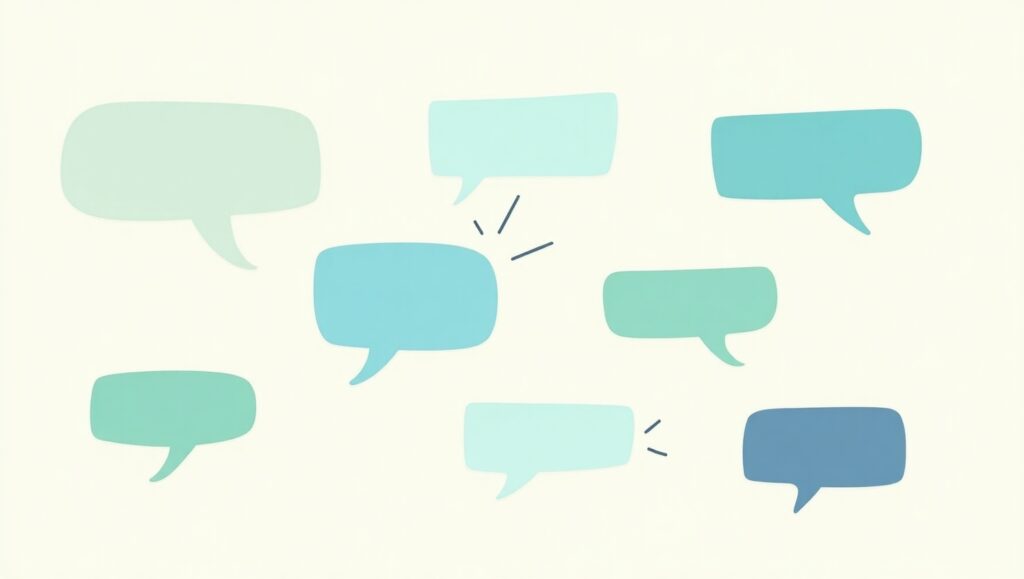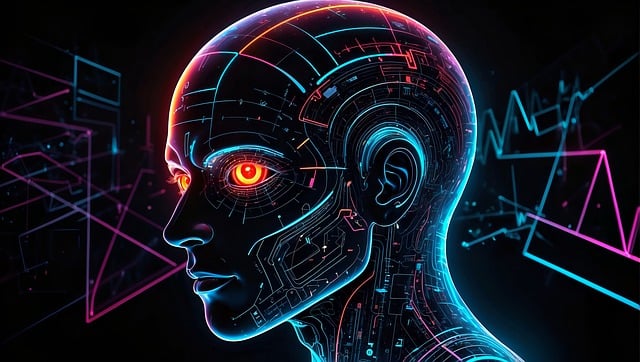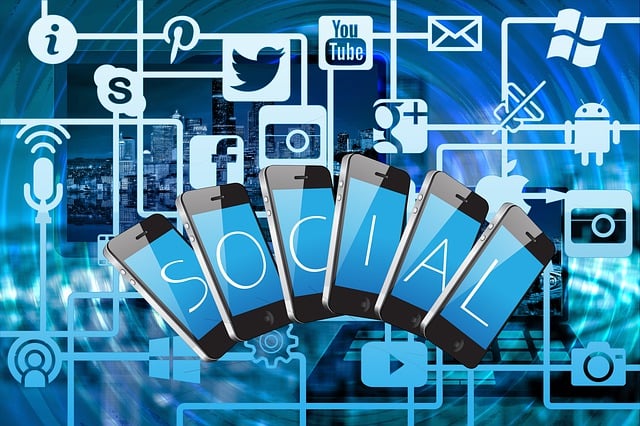In today’s fast-paced world, customer service has evolved significantly with the help of Artificial Intelligence (AI). One of the most groundbreaking tools in AI is ChatGPT, an advanced language model by OpenAI. By using well-designed prompts, businesses can enhance their customer service operations, automate responses, and deliver more personalized and efficient support. In this post, we will explore how ChatGPT prompts can be effectively used in customer service, the types of prompts to use, and how they can transform your business’s support system.
Understanding ChatGPT and Its Role in Customer Service
ChatGPT is a large language model that uses machine learning to understand and generate human-like text based on the input it receives. It’s capable of answering questions, providing recommendations, handling inquiries, and even offering emotional support in a way that mimics human interactions. When integrated into customer service, ChatGPT can reduce response times, increase operational efficiency, and improve overall customer satisfaction.
By utilizing specific ChatGPT prompts for customer service, businesses can create automated systems that handle repetitive tasks, provide consistent answers, and free up human agents to handle more complex queries.
Why Use ChatGPT for Customer Service?
In today’s fast-paced business environment, providing quick, consistent, and efficient customer support is more important than ever. ChatGPT offers a cutting-edge solution that can transform customer service operations by automating routine tasks, improving responsiveness, and offering 24/7 assistance.
Let’s explore the key benefits of using ChatGPT for customer service and why it’s becoming an essential tool for modern businesses.
- Efficiency: AI-driven responses can quickly address routine questions, significantly reducing response time.
- 24/7 Availability: ChatGPT can be deployed round-the-clock, ensuring that customers receive support at any time of the day.
- Scalability: Unlike human agents, AI can handle an unlimited number of customers simultaneously without compromising on quality.
- Consistency: ChatGPT ensures that all customers receive the same accurate and helpful information every time.
- Cost-effective: Automating customer service processes can save businesses money on hiring additional staff.
10 Types of ChatGPT Prompts for Customer Service
To get the best results from ChatGPT in a customer service role, it’s essential to design specific prompts that guide the AI in providing helpful, accurate, and efficient responses.
Here are some of the most effective types of prompts:
- Boosting Customer Service with ChatGPT: A Practical Guide
- 10 Best Free Customer Service and Support Tools
1. General Inquiry Handling
Example Prompt: “You are a customer support agent. A customer is asking about the status of their order. Respond in a friendly, professional, and informative tone, giving them the status of their order and an estimated delivery time.”
This type of prompt helps ChatGPT understand how to respond to general inquiries related to orders, products, or services. It’s important to customize the response based on your specific business information, ensuring that customers receive accurate data.
2. Troubleshooting Assistance
Example Prompt: “A customer is having trouble with their account login. Provide them with step-by-step troubleshooting instructions to resolve the issue, including checking their password, ensuring their internet connection is stable, and recommending resetting their password if necessary.”
For technical support, ChatGPT can offer clear, actionable troubleshooting steps to help customers resolve issues on their own or escalate to a human representative when necessary.
3. Product Recommendations
Example Prompt: “A customer is looking for a new laptop. Ask a few qualifying questions to understand their needs and recommend a laptop that best suits their requirements, including factors like budget, screen size, and usage preferences.”
ChatGPT can simulate a product expert and guide customers in selecting products based on their individual needs and preferences, increasing the likelihood of a purchase.
4. FAQ Automation
Example Prompt: “A customer is asking about your return policy. Provide them with clear, concise information about how to initiate a return, including any timeframes, conditions, and refund processes.”
Automating frequently asked questions (FAQs) can save significant time and reduce the workload of human agents. ChatGPT can handle common questions related to policies, shipping, payment methods, and more.
5. Emotional Support and Empathy
Example Prompt: “A customer is frustrated because their product arrived damaged. Respond with empathy, acknowledge their frustration, apologize for the inconvenience, and offer a solution, such as a replacement or refund.”

ChatGPT can be trained to recognize emotional cues and respond with empathy, making it an invaluable tool for handling irate or upset customers in a way that helps to de-escalate the situation and maintain customer satisfaction.
6. Order Tracking and Status Updates
Example Prompt: “A customer wants to know the status of their order. Provide them with the most recent tracking information, including the shipping carrier, expected delivery date, and any relevant updates.”
Tracking customer orders is one of the most frequent inquiries in customer service. ChatGPT can deliver this information quickly, allowing customers to get the status of their orders without waiting for a human agent.
7. Billing and Payment Queries
Example Prompt: “A customer is asking about a charge on their bill. Explain the charge clearly, provide any relevant details like subscription dates or product prices, and offer solutions if the customer feels the charge is incorrect.”
Billing questions can be tricky, but ChatGPT can assist customers by providing information about their invoices, payment schedules, and refund policies. It can also handle basic dispute resolutions if the customer believes there is an error.
8. Appointment Scheduling
Example Prompt: “A customer wants to schedule an appointment. Ask for their preferred date and time, check availability in your system, and confirm the appointment with details such as location and any required documents or information.”
Scheduling appointments can be done efficiently with AI. ChatGPT can manage availability, confirm appointments, and send reminders, ensuring customers have a seamless experience.
9. Cancellation and Refund Requests
Example Prompt: “A customer wants to cancel their service and request a refund. Guide them through the cancellation process, explaining any conditions such as refund timelines, and issue the refund request in a professional manner.”
ChatGPT can handle cancellation and refund inquiries by outlining the steps customers need to take, making sure the process is smooth and customers are satisfied with the response.
10. Upselling and Cross-Selling
Example Prompt: “A customer is purchasing a basic product. Based on their needs, recommend complementary products or premium versions that would enhance their experience, highlighting the benefits and any ongoing promotions.”
ChatGPT can be used not just for handling issues but also for sales. By suggesting additional items or upgrades that are relevant to the customer, it can boost average order values and enhance the customer experience.
How to Integrate ChatGPT into Your Customer Service Workflow
Integrating ChatGPT into your customer service workflow requires a strategic approach. Here’s how you can make the most of this AI-powered tool:
- Set Clear Expectations: Ensure that customers know when they are interacting with AI and when they will be connected with a human agent.
- Train the AI: Customize your ChatGPT model by feeding it specific knowledge about your products, services, and company policies.
- Monitor and Improve: Continuously track the performance of your ChatGPT-powered customer service and make adjustments to prompts as needed to improve accuracy and relevance.
- Integrate with Other Tools: Use ChatGPT in combination with CRM systems, ticketing platforms, and knowledge bases to ensure seamless customer service.
Case Studies: Successful ChatGPT Implementation in Customer Service
Many businesses have already embraced ChatGPT for customer service. Here are a few examples:
Example 1: E-commerce Platform
An online retail company integrated ChatGPT to handle customer inquiries related to product availability, shipping, and returns. By automating these tasks, the company reduced its response time by 60% and saw an increase in customer satisfaction.
Example 2: Tech Support
A tech company used ChatGPT to provide troubleshooting assistance for its software. This not only cut down on the number of support tickets but also allowed customers to resolve common issues without waiting for an agent.
Example 3: Telecom Industry
A telecom provider deployed ChatGPT to assist with billing inquiries, plan upgrades, and account management. This improved their customer retention rates by providing faster and more consistent support.
Best Practices for Using ChatGPT in Customer Service
- Personalization: Tailor responses based on customer data to create a more personalized experience.
- Escalation Protocol: Have a system in place for escalating issues that ChatGPT can’t handle to human agents.
- Continuous Learning: Continuously feed ChatGPT with new information and update its prompts to reflect changing business practices or policies.
- Testing and Feedback: Regularly test your ChatGPT-powered customer service to ensure it meets quality standards and gather feedback from customers to improve it further.
Conclusion
ChatGPT is an incredibly powerful tool that can revolutionize customer service operations. By using well-crafted prompts, businesses can provide faster, more efficient support, reduce costs, and improve customer satisfaction. Whether you’re handling general inquiries, offering troubleshooting support, or providing personalized product recommendations, ChatGPT can be a game-changer for your business. Embrace AI in customer service today, and watch your customer experience soar to new heights.






